SGGP
NATO member states are lacking consensus on choosing a successor to Secretary General Jens Stoltenberg ahead of NATO's annual summit in mid-July.
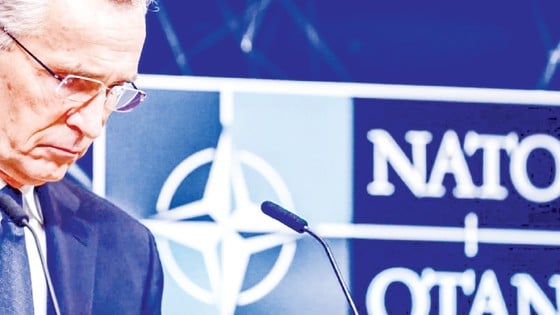 |
| NATO Secretary General Jens Stoltenberg is seen as a safe leader |
Gender advantage
The strong contenders include Danish Prime Minister Mette Frederiksen and British Defense Secretary Ben Wallace. Media reports have suggested that Frederiksen’s position as head of government and the growing need within NATO to find a candidate are advantages for her. However, some NATO members have long favored an Eastern European leader, especially in light of the conflict in Ukraine. In addition, if the Danish Prime Minister takes the position, NATO will have a Secretary General from a Nordic country for the third consecutive time, after Stoltenberg and former Danish Prime Minister Anders Fogh Rasmussen. In addition, Copenhagen is “lagging behind” in defense spending.
Meanwhile, British Defense Secretary Ben Wallace has both political clout and senior defense command experience. But some countries, such as France, want to back an EU official for the post because they are looking forward to a closer partnership between NATO and the EU. According to the Russian newspaper Izvestia, Stefano Stefanini, a former Italian permanent representative to NATO and now a senior adviser at the Italian Institute for International Political Studies (ISPI) in Milan, said that “the race for NATO chief is not a competition between gender and military experience. Personality and consensus play a bigger role. This combination is important, because even a very good candidate needs to be accepted by all allies.”
While approval can depend on a variety of factors, in reality a candidate can be vetoed by any NATO member state. New players could emerge, especially if neither Ms. Frederiksen nor Mr. Wallace receive approval from all NATO members.
Three options
Politico Europe summarizes the information surrounding potential scenarios in three levels. First, the possibility of Secretary General J. Stoltenberg extending his term is the most mentioned option. The second level includes potential successors: Dutch Prime Minister Mark Rutte, Estonian Prime Minister Kaja Kallas and British Defense Minister Ben Wallace. The third group is less mentioned, including Lithuanian Prime Minister Ingrida Šimonytė, Slovak President Zuzana Caputova and German President of the European Commission Ursula von der Leyen.
While some NATO delegations would like to see a new face soon, Stoltenberg is considered a rare senior NATO official who can keep his cool and stick to the script even in the most dire of crises. Other female politicians mentioned include Canadian Deputy Prime Minister Chrystia Freeland and Foreign Minister Melanie Joly. But officials say that while NATO is focused on strengthening the bloc’s defense capabilities, Canada’s low defense spending and its lack of European status mean a Canadian is unlikely to take on the new role.
Source


![[Photo] Prime Minister Pham Minh Chinh chairs a special Government meeting on the arrangement of administrative units at all levels.](https://vphoto.vietnam.vn/thumb/1200x675/vietnam/resource/IMAGE/2025/5/9/6a22e6a997424870abfb39817bb9bb6c)
![[Photo] General Secretary To Lam and international leaders attend the parade celebrating the 80th anniversary of the victory over fascism in Russia](https://vphoto.vietnam.vn/thumb/1200x675/vietnam/resource/IMAGE/2025/5/9/4ec77ed7629a45c79d6e8aa952f20dd3)
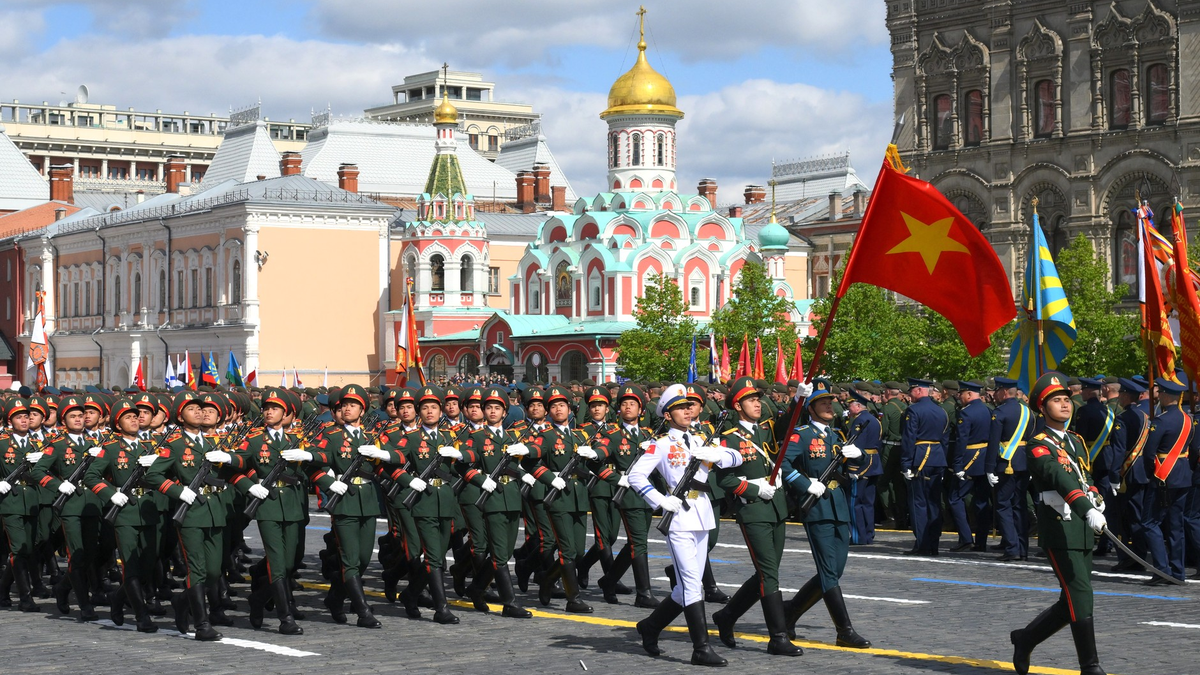
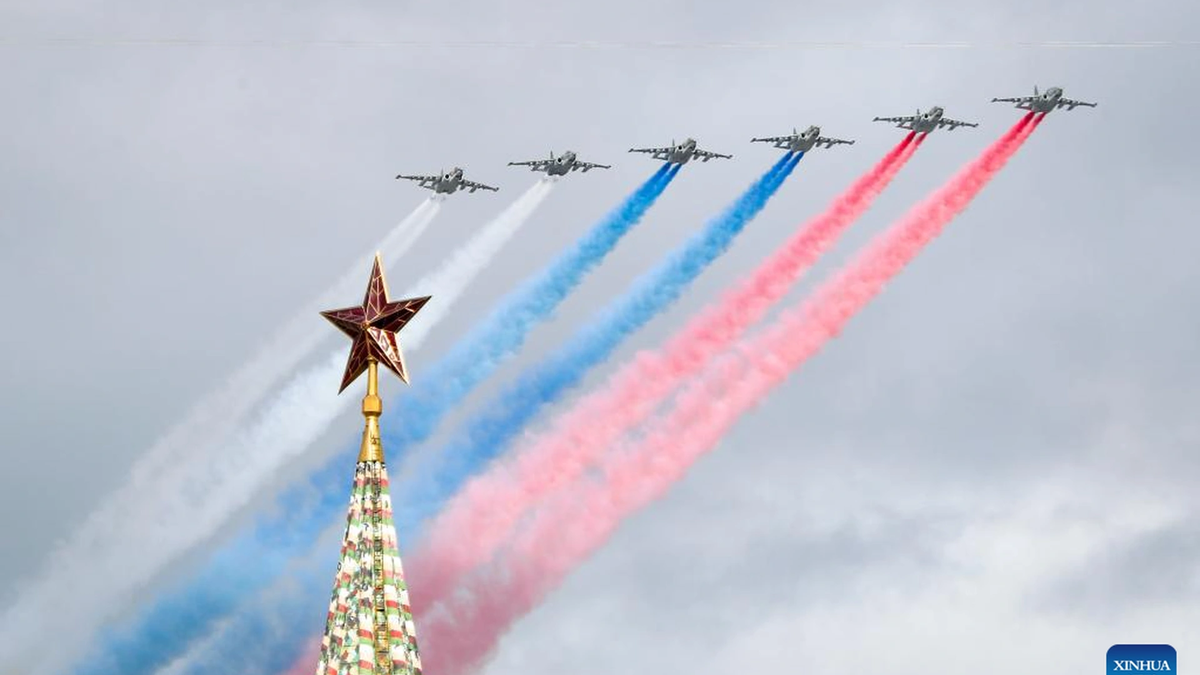
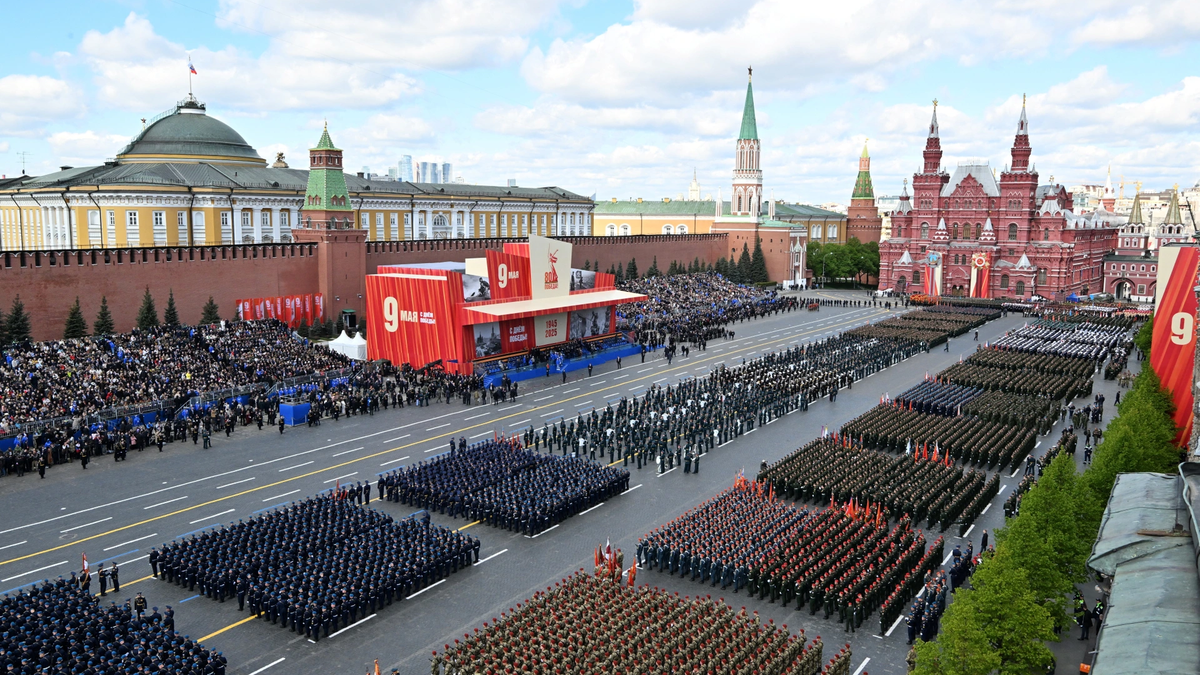
![[Photo] Russian military power on display at parade celebrating 80 years of victory over fascism](https://vphoto.vietnam.vn/thumb/1200x675/vietnam/resource/IMAGE/2025/5/9/ce054c3a71b74b1da3be310973aebcfd)
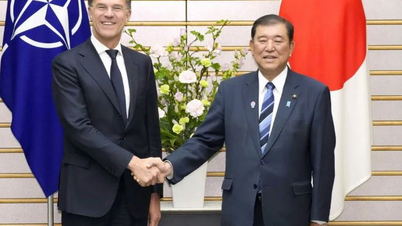

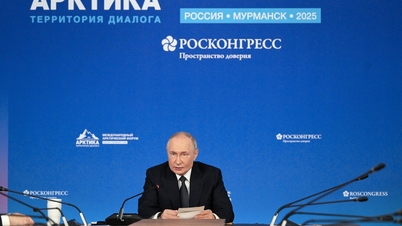

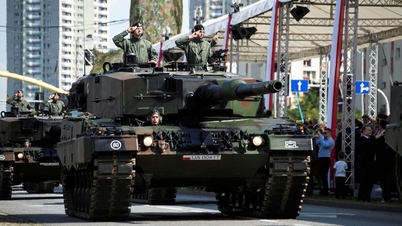
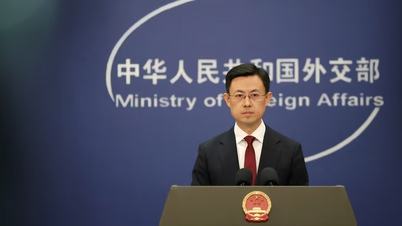

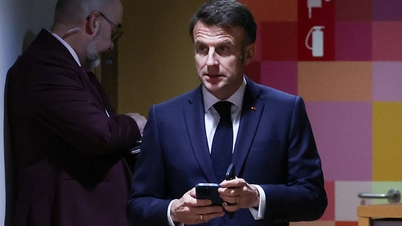
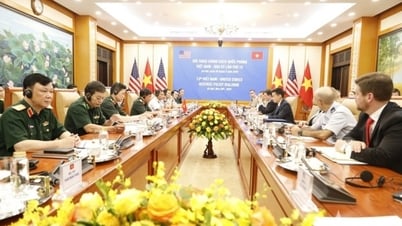



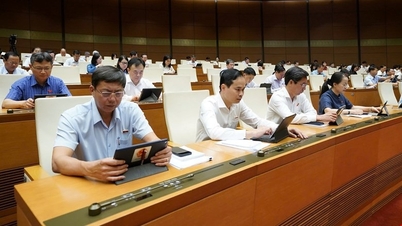







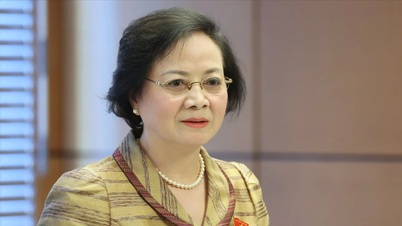



![[Photo] Magical moment of double five-colored clouds on Ba Den mountain on the day of the Buddha's relic procession](https://vphoto.vietnam.vn/thumb/1200x675/vietnam/resource/IMAGE/2025/5/9/7a710556965c413397f9e38ac9708d2f)



























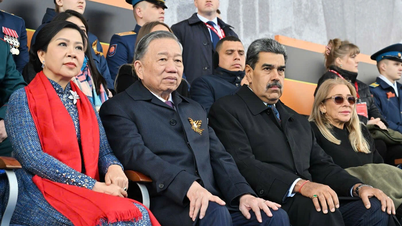
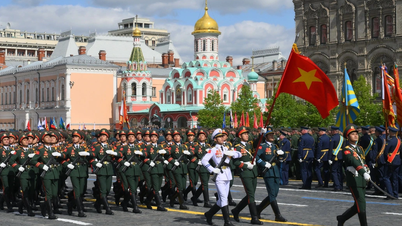

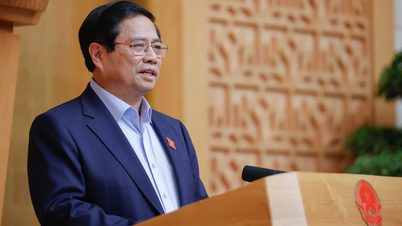
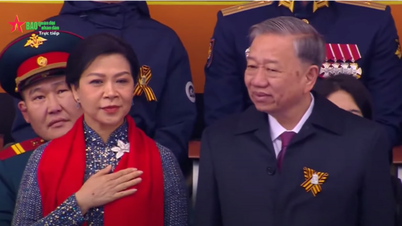




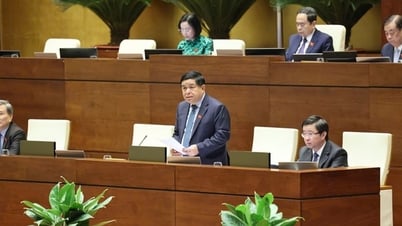



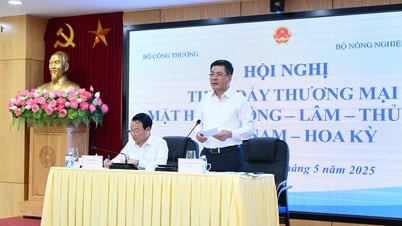


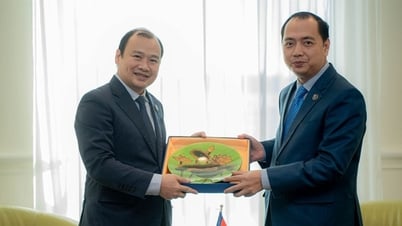
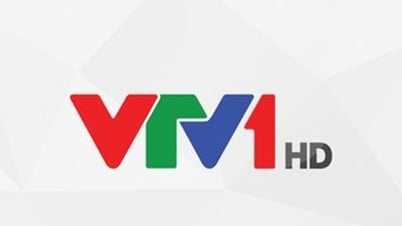

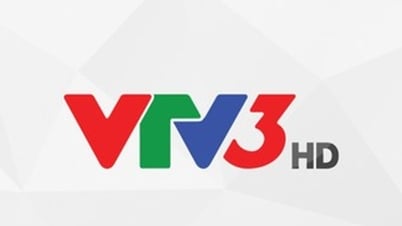


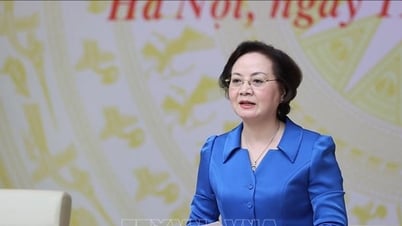













Comment (0)